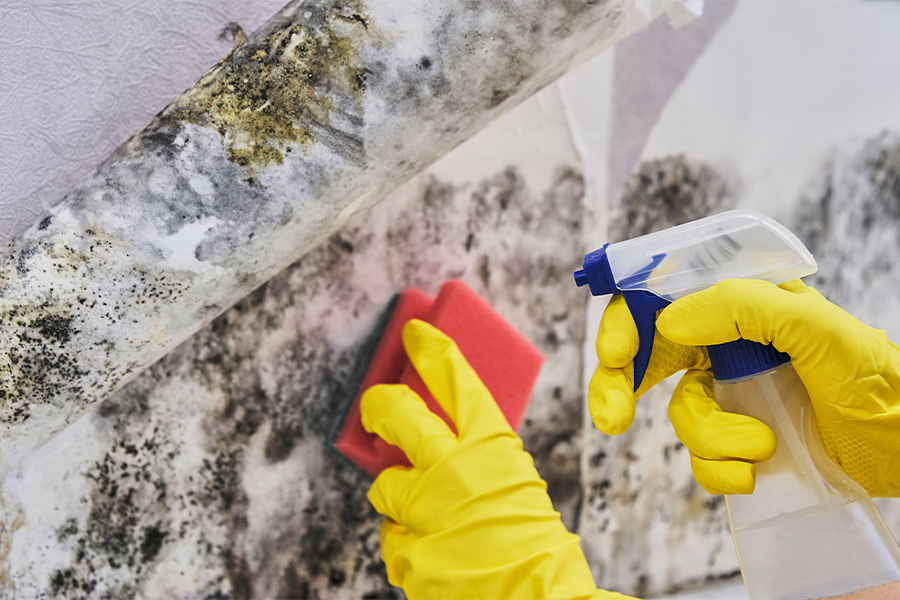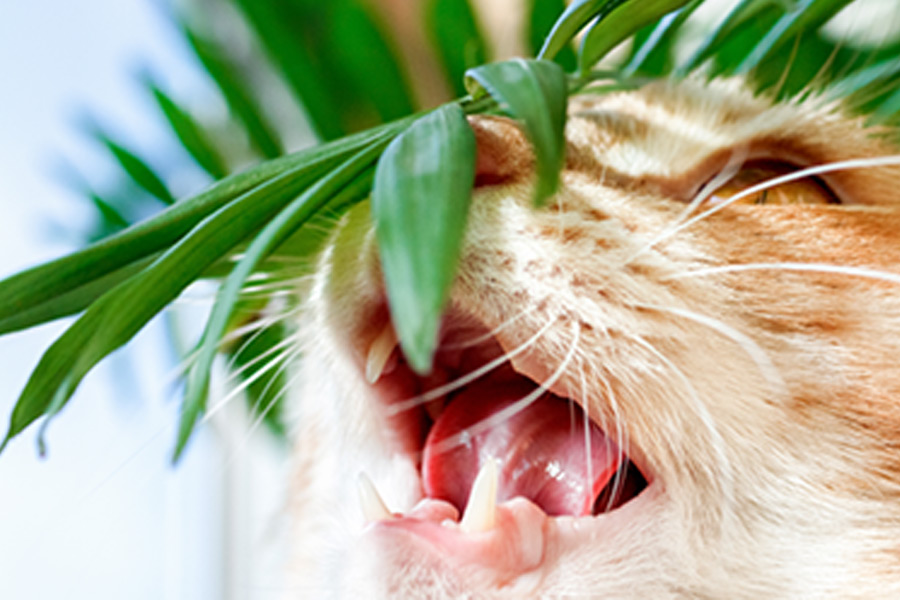Home
-

C 929
Carpenter Ants
This resource discusses the most effective methods to prevent and control carpenter ants in and around your home.
Dan Suiter and Brian T. Forschler
|
-

Al igual que su salud personal, la salud de su hogar se deteriorará sin un cuidado y mantenimiento regular. Mantener un ambiente interior saludable ayuda a aumentar su calidad de vida y la vida de su casa. Con unos sencillos pasos puede mantener su hogar saludable. Utilice esta lista de verificación como guía para sus evaluaciones periódicas de mantenimiento del hogar en primavera y otoño. Tenga en cuenta que las frecuencias de mantenimiento pueden variar según el clima local y las recomendaciones de fabricación de electrodomésticos.
Ines Beltran and Pamela R. Turner
|
-

Las esporas del moho solo necesitan un ambiente favorable, alimentos (madera, papel, alfombra, etc.) y humedad para crecer. Si no se detecta o se trata, el moho puede provocar efectos negativos para la salud, como reacciones alérgicas, infecciones respiratorias y más. Use esta lista de verificación como una guía básica para inspeccionar su hogar en busca de señales de exceso de humedad y crecimiento de moho.
PRECAUCIÓN: Al investigar posibles problemas con el moho, puede alterar las áreas contaminadas al hacerlo, extenderá la contaminación al resto de la casa. Esto representa un grave riesgo para la salud de las personas con sistemas inmunes débiles, asma o alergias; por lo tanto, antes de realizar una investigación exhaustiva del moho, es mejor consultar a su médico o contratar a un profesional. Si decide realizar esta búsqueda por sí mismo, utilice el equipo de seguridad adecuado según lo recomendado por la Agencia de Protección del Medio Ambiente (EPA por sus siglas en inglés; www.epa.gov/mold).
Ines Beltran and Pamela R. Turner
|
-

Cuando sus ingresos disminuyen o no alcanzan a cubrir sus gastos como antes, la planificación cuidadosa puede ayudarle a evitar el desalojo de su unidad de alquiler o la pérdida de su hogar.
Christa Anderson Campbell, Ines Beltran, and Andrea Scarrow
|
-

El moho crece a partir de las esporas, que se encuentran naturalmente en el aire y no se pueden ver a simple vista. Las esporas de moho actúan como semillas, haciendo que el moho crezca si las condiciones son adecuadas. El moho suele ser fácil de detectar. Aunque es posible utilizar pruebas para determinar la presencia de moho, por lo general no es necesario o recomendado hacerlo, usted puede detectar el moho rápidamente usando su vista y olfato.
Tenga en cuenta que las primeras señales de moho pueden ser el desarrollo de síntomas similares a los de una alergia. Si detecta un exceso de humedad o un olor a humedad, pero no ve moho, asegúrese de revisar detrás de los gabinetes y el papel tapiz, y debajo de las alfombras. Estos son escondites comunes para el moho. Realice una inspección completa de su hogar utilizando la Lista de Verificación de Humedad y Moho de UGA.
La clave para controlar el moho es eliminar la fuente del problema de la humedad.
(Translation provided by Ines Beltran)
Pamela R. Turner
|
-

C 1237
Bagworms in Urban Landscapes
An introduction to bagworms, along with their biology, how they damage landscapes, and management options.
William G. Hudson, Shimat V. Joseph, and Oluwatomi Daniel Ibiyemi
|
-

House and garden plants may be toxic to cats and dogs. This visual guide will help pet owners learn which plants are safe, as even common plants can be deadly.
Brenda Jackson and Ellen M. Bauske
|
-

This circular provides a basic summary of the best management practices of integrated mosquito management. These practices begin with education and communication and progress through surveillance, source reduction, larviciding, and adulticiding. The circular presents guidelines that communities can use to help develop the most effective mosquito management program possible with the resources available. Using these practices will help to minimize pesticide exposure to pollinators and other non-target pests.
Elmer Gray
|
-

This circular provides concise and accurate information describing mosquito biology and behavior. The publication describes the history of mosquitoes in Georgia and ways to prevent mosquito-borne diseases. Mosquitoes affect a large segment of the public, and mosquito control is most efficiently conducted in an integrated manner. This information will help homeowners address mosquito problems on their own property and provide insight into the intricacies of larger, community-based control programs.
Elmer Gray
|